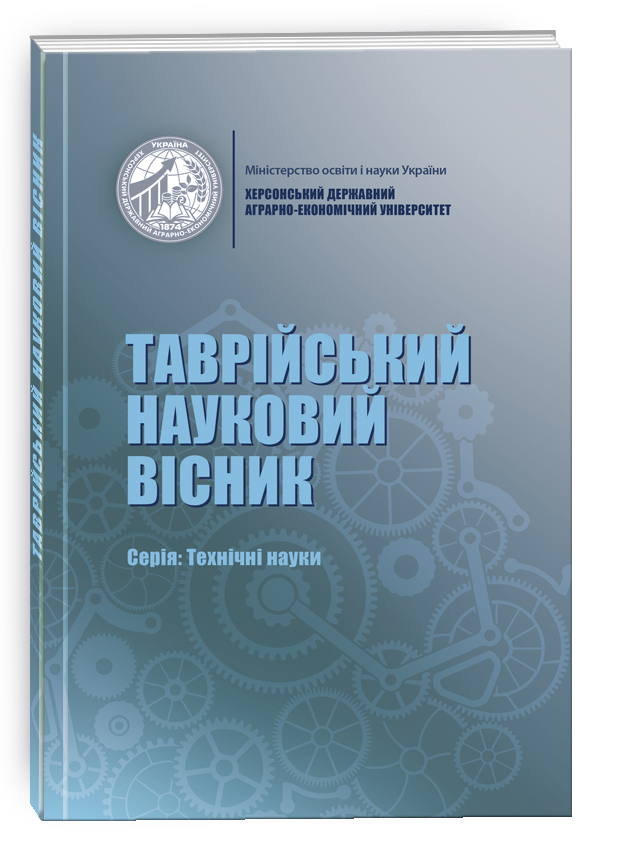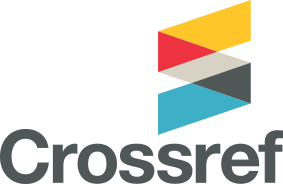SUBSTANTIATION OF THE TECHNOLOGY OF CRAB CAKES BASED ON SEAFOOD ANALOGUES USING THE PRINCIPLES OF LEAN PRODUCTION
DOI:
https://doi.org/10.32782/tnv-tech.2024.5.19Keywords:
restaurant industry establishments, crab cakeAbstract
The success and effectiveness of the restaurant industry depends heavily on the ability of the establishment to create value for the consumer. According to the principles of lean production, a manufacturer can only offer the value of a product or service, while the consumer determines its real value. It has been determined that one of the most popular menu groups in the restaurant industry is dishes made from non-fish aquatic raw materials. However, there are economic and technological limitations to the active introduction of this group of dishes (high cost, instability of technological characteristics of raw materials during storage, etc.) The analysis of the latest research in this area shows that it is advisable to search for alternative sources of raw materials that imitate crab meat in finished products. On the basis of analytical research, the principles of consumer value using lean production tools and a scientific working hypothesis in the form of an innovative idea for developing crab cake technology with a complete replacement of crab meat were developed. The types of main raw materials for crab cakes (hake, squid, shrimp) were theoretically substantiated using the Ishikawa diagram method, their functional role in the recipe mixture was determined, and the main nutrients (proteins, fats, carbohydrates) were recalculated. The expediency of using structurizers for internal and external structuring of the formulation mixture (modified starch, breadcrumbs) is shown. The recipe composition and technological process for the production of crab cakes using raw materials alternative to crab meat have been experimentally substantiated, and the influence of the composition of the recipe mixture on the technological and organoleptic characteristics of crab cakes has been shown step by step. Nutritional value indicators were standardized.
References
Gui Y., Wang Q., Zou J., Chen X., Song C., Chen J. From pond to table: Differences in breeding and consumption affect the balance between dietary risk of residual cadmium and uptake benefits of nutrients in Chinese mitten crab (Eriocheir sinensis). Food Chemistry. 2021. 373 (1-4).
Sahubawa L., Pratomo S. A. Nutritional composition and consumer preference level from hanpen fish cake based on African catfish surimi and cassava flour. IOP Conference Series: Earth and Environmental Science , 2022. V.l. No. 1. Р. 11.
Karimidastjerd A., Gulsunoglu-Konuskan Z., Ersoy B., Khan Z. S. Plant-based seafoods: a sustainable and nutritious alternative. Handbook of Plant-Based Food and Drinks Design. 2024. pp. 167-181.
Pérez-Lloréns José Lucas, Yanet Acosta, Fernando G. Brun. Seafood in Mediterranean countries: a culinary journey through history. International Journal of Gastronomy and Food Science. 2021. 26 (8).
Dien Terri. Essential Seafood Cookbook: Classic Recipes Made Simple. Rockridge Press, 2020. 172 р.
Технологія риби та морепродуктів: навчальний підручник / Т.К. Лебська та ін. Київ: НУБіП України, 2021. 311 с.
Про затвердження Вимог до харчових ароматизаторів, Вимог до харчових добавок та Вимог до харчових ензимів : наказ Міністерства охорони здоров’я України від 08.01.2024 р. №45. URL: https://zakon.rada.gov.ua/laws/show/z0119-24#Text







